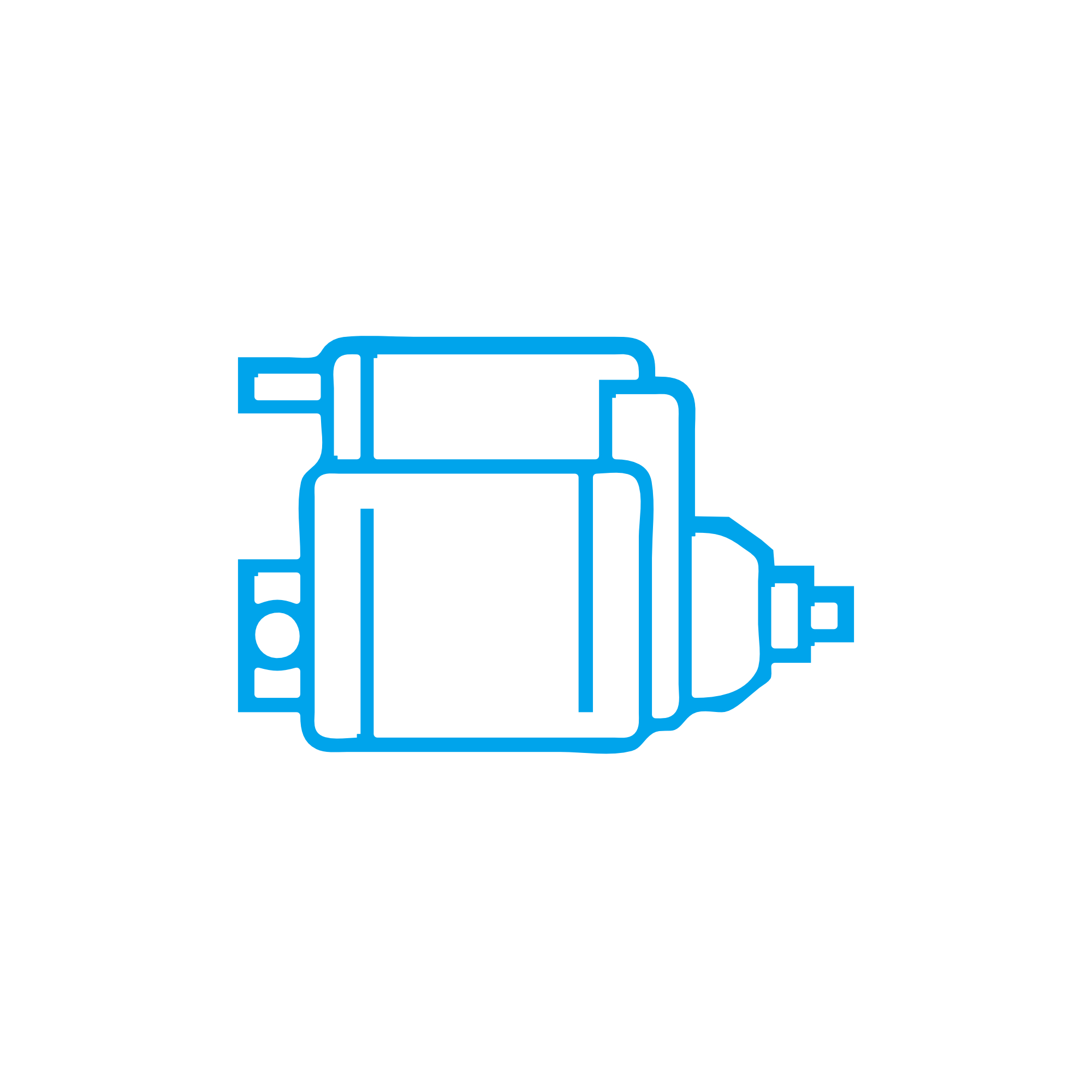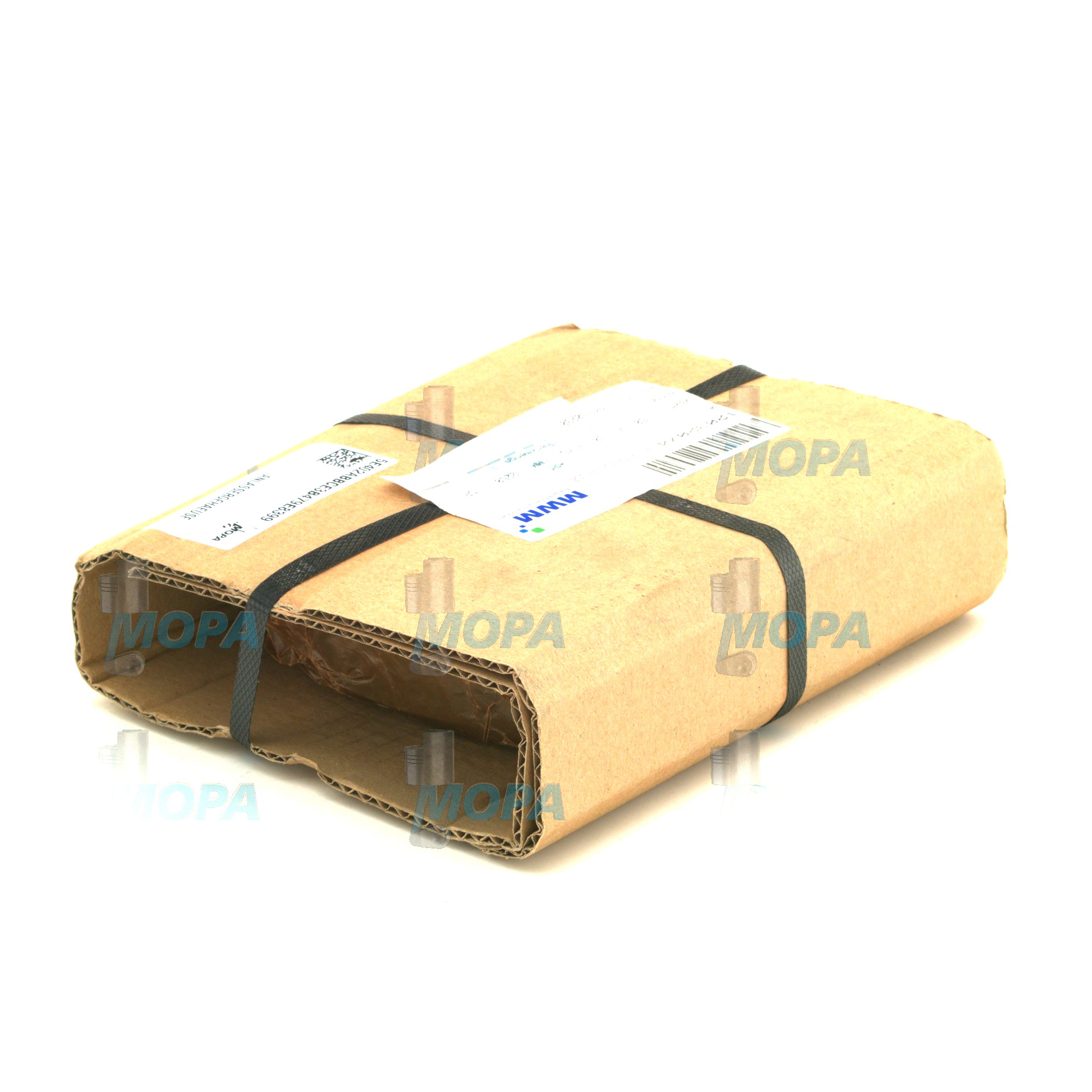STARTER HOUSING and Starter solutions for heavy-duty diesel and marine engine applications
The Starter is an electromechanical assembly that delivers the first rotation an internal combustion engine needs to fire. It converts electrical energy from the battery into high, short-duration torque to turn the crankshaft until combustion becomes self-sustaining. Within this system, the STARTER HOUSING forms the structural backbone: it positions the motor and drive precisely, protects the rotating components, and provides a robust interface to the engine block or bell housing. For shipowners, plant operators, and procurement teams, a reliable Starter is indispensable to keep diesel and gas engines ready for immediate start, especially in mission-critical marine engine duty cycles.
Technical function of the Starter and the role of the STARTER HOUSING
A Starter comprises the electric motor, solenoid (engagement relay), drive mechanism with an overrunning clutch, pinion gear, and the STARTER HOUSING. When the start command is issued, the solenoid pushes the pinion forward to mesh with the flywheel ring gear while simultaneously energizing the motor. The Starter must deliver sufficient cranking torque and speed—often under low voltage, high compression, and cold ambient conditions—to achieve reliable ignition.
The STARTER HOUSING is more than a shell; it ensures precise concentricity between the pinion axis and the flywheel, maintains correct pinion depth, and secures the assembly to withstand high torque impulses and vibration. In a diesel engine, even minor misalignment can accelerate ring gear wear and increase current draw. In a marine engine environment, the STARTER HOUSING must also provide corrosion resistance and sealing against salt-laden air. Correctly specified STARTER HOUSING OEM parts keep the drive stable, manage thermal expansion, and help dissipate heat generated during extended cranking or repeated start cycles.
- · Precise alignment of pinion to flywheel ring gear.
- · High rigidity to absorb torque spikes and vibration.
- · Effective sealing against dust, oil mist, and splash water.
- · Corrosion-resistant materials and coatings for marine engine use.
- · Thermal management for frequent or long cranking events.
- · Accurate mounting geometry for fast, error-free installation.
STARTER HOUSING specifics in diesel engine and marine engine service
Diesel engines typically require higher starting torque due to compression ratios. The STARTER HOUSING must hold alignment under peak loads from powerful motors and robust gear trains. In marine engine rooms, temperature swings and vibration from hull and propulsion systems add stress; a rigid housing mitigates gear chatter and prevents premature bearing or bushing wear. Sealing features, O-rings, and gaskets integrated into the STARTER HOUSING reduce ingress, protecting the solenoid plunger and motor internals from moisture and contaminants that otherwise lead to corrosion, insulation breakdown, or sluggish actuation.
Why the Starter and STARTER HOUSING are critical for reliable engine operation
A compromised Starter undermines availability. If the STARTER HOUSING is worn, bent, or out of tolerance, the pinion may not achieve full engagement, causing grinding, high electrical draw, heat buildup, and damage to the ring gear. Loose mounting faces can transmit shock back into the motor bearings, increasing friction and reducing cranking speed. Micro-misalignment elevates current consumption, stressing batteries and cables and risking voltage drops that slow the motor precisely when cold-start torque is needed. Over time, these effects reduce starting reliability and can lead to costly secondary repairs, unplanned downtime, and unsafe delays—particularly critical on vessels and in power generation where rapid restarts are essential.
Keeping the Starter assembly—including the STARTER HOUSING—within specification sustains performance, preserves the flywheel interface, and stabilizes start times across operating conditions. It also supports safety by enabling predictable engine availability for maneuvers, black-start recovery, or standby power transitions.
Advantages of OEM spare parts suitable for Starter and STARTER HOUSING
Precision matters in the Starter interface. OEM spare parts suitable for the Starter and STARTER HOUSING provide consistent tolerances for the mounting flange, pilot diameters, and bore alignments. This precision helps ensure correct pinion depth and backlash, reducing noise and wear while improving cranking efficiency. Material selection and heat treatment are matched to torque pulses and temperature cycles, resulting in stable geometry under load.
For purchasers and technical managers, the value is tangible:
- · Consistent fit and alignment reduce installation time and rework.
- · Verified materials and coatings enhance corrosion resistance in marine engine rooms.
- · Correct sealing interfaces protect solenoids and windings, extending service life.
- · Stable cranking performance lowers battery stress and cable heating.
- · Reduced gear wear minimizes downstream costs on flywheels and ring gears.
- · Documentation supports traceability and planned maintenance decisions.
Choosing STARTER HOUSING OEM parts protects budgets by limiting unplanned downtime, sustaining efficiency over long intervals, and maintaining the performance profile the engine was designed to deliver.
MOPA: your partner for OEM parts for Starters and STARTER HOUSING
MOPA is an experienced and reliable partner for sourcing OEM spare parts for the Starter—including the STARTER HOUSING, solenoids, drive assemblies, and related hardware—for diesel and gas engines. We focus on speed in quotation and delivery, consistent quality across part numbers and manufacturers, and transaction security that meets the expectations of shipowners and industrial operators. With MOPA, purchasers gain dependable access to correctly specified components, minimizing lead times and ensuring that fleets and plants remain ready to start.
Conclusion: STARTER HOUSING and Starter performance in focus
The Starter is vital to engine availability, and the STARTER HOUSING is central to its alignment, durability, and sealing performance. By selecting OEM spare parts suitable for the Starter and STARTER HOUSING, operators safeguard cranking efficiency, reduce wear on critical interfaces, and extend service life while controlling total cost of ownership.




